In the past few weeks, there has been a lot of news about electricity prices and how the wholesale market works.
The truth is that April has been marked by a succession of unprecedented events in the electricity market: average wholesale prices are at multi-year lows, we’re seeing negative prices for the first time, we’re seeing producers paying to inject electricity into the grid and solar power plants stopping production.
But how can we explain all this and are these good or bad news?
Unfortunately, there is no simple answer.
The fall in wholesale prices is largely explained by the above-average production of energy from renewable sources, mainly hydro and wind. In Portugal, in the first quarter of 2024, renewable energy supplied 89 per cent of consumption, which is the highest figure since 1978 for this quarter. This helps us understand why March had the lowest average price on the wholesale electricity market in almost four years. On top of this, we started April with a new milestone: on 5 April, Mibel (the Iberian electricity market, created in 2007) recorded negative prices for the first time. What does this mean? That there were producers willing to pay to inject electricity into the grid (typically thermoelectric power stations, where the costs of stopping the production are higher than paying the negative price for a few hours to continue operating). On the other hand, on this day there was also another unprecedented event: several solar power plants stopped producing for a few hours, in order to balance excess production against existing consumption. If for many years we didn’t take advantage of solar energy because we didn’t have the means to do so, in 2024 we have excellent conditions for producing electricity from solar energy, but we have power stations shutting down because we don’t have what to do with so much production.
As a result, we are living through a defining moment in the electricity market, which is forcing us to think about the future of energy, its production and its consumption.
So what can we expect in the coming months? Most likely, as a result of the weather conditions, we will continue to see high levels of renewable energy production in April and May, so we will continue to see very low wholesale prices on the Iberian Peninsula. Even so, it is expected that in the second half of the year there will be a stabilisation, and values will rise, although lower than the 2023 average.
While these facts may represent good news for families with indexed electricity tariffs, as they will see their electricity bills reduced, it is undeniable that they also represent a change in the market paradigm, which should give us food for thought and make us look forward to what the future of the wholesale electricity market will be like at national, Iberian and European level.
Finally, it’s important to emphasise that electricity production does, of course, have a cost, and it’s far from zero.
This represents a problem that will have to be tackled with urgency and courage, as it will be difficult to find investors interested in projects with such low returns over their lifetime, that don’t repay the initial investment.
It’s a very serious issue that interests everyone, from producers to consumers, and it’s one that will be much talked about in the near future.
Opinion article by Miguel Subtil – Managing Director, published in Ambiente Magazine on 23 April 2024.



